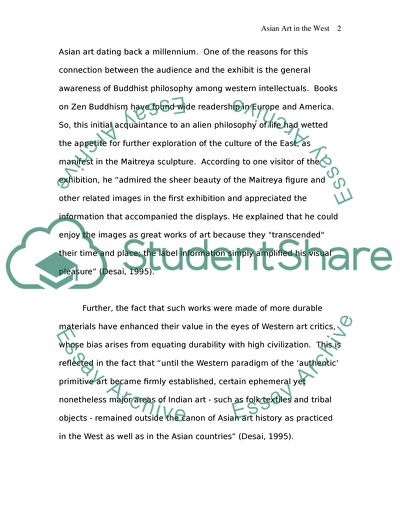Cite this document
(The Growth of Asian Arts in Europe and America Coursework, n.d.)
The Growth of Asian Arts in Europe and America Coursework. Retrieved from https://studentshare.org/visual-arts-film-studies/1721205-the-growth-of-asian-arts-in-europe-and-america
The Growth of Asian Arts in Europe and America Coursework. Retrieved from https://studentshare.org/visual-arts-film-studies/1721205-the-growth-of-asian-arts-in-europe-and-america
(The Growth of Asian Arts in Europe and America Coursework)
The Growth of Asian Arts in Europe and America Coursework. https://studentshare.org/visual-arts-film-studies/1721205-the-growth-of-asian-arts-in-europe-and-america.
The Growth of Asian Arts in Europe and America Coursework. https://studentshare.org/visual-arts-film-studies/1721205-the-growth-of-asian-arts-in-europe-and-america.
“The Growth of Asian Arts in Europe and America Coursework”. https://studentshare.org/visual-arts-film-studies/1721205-the-growth-of-asian-arts-in-europe-and-america.


